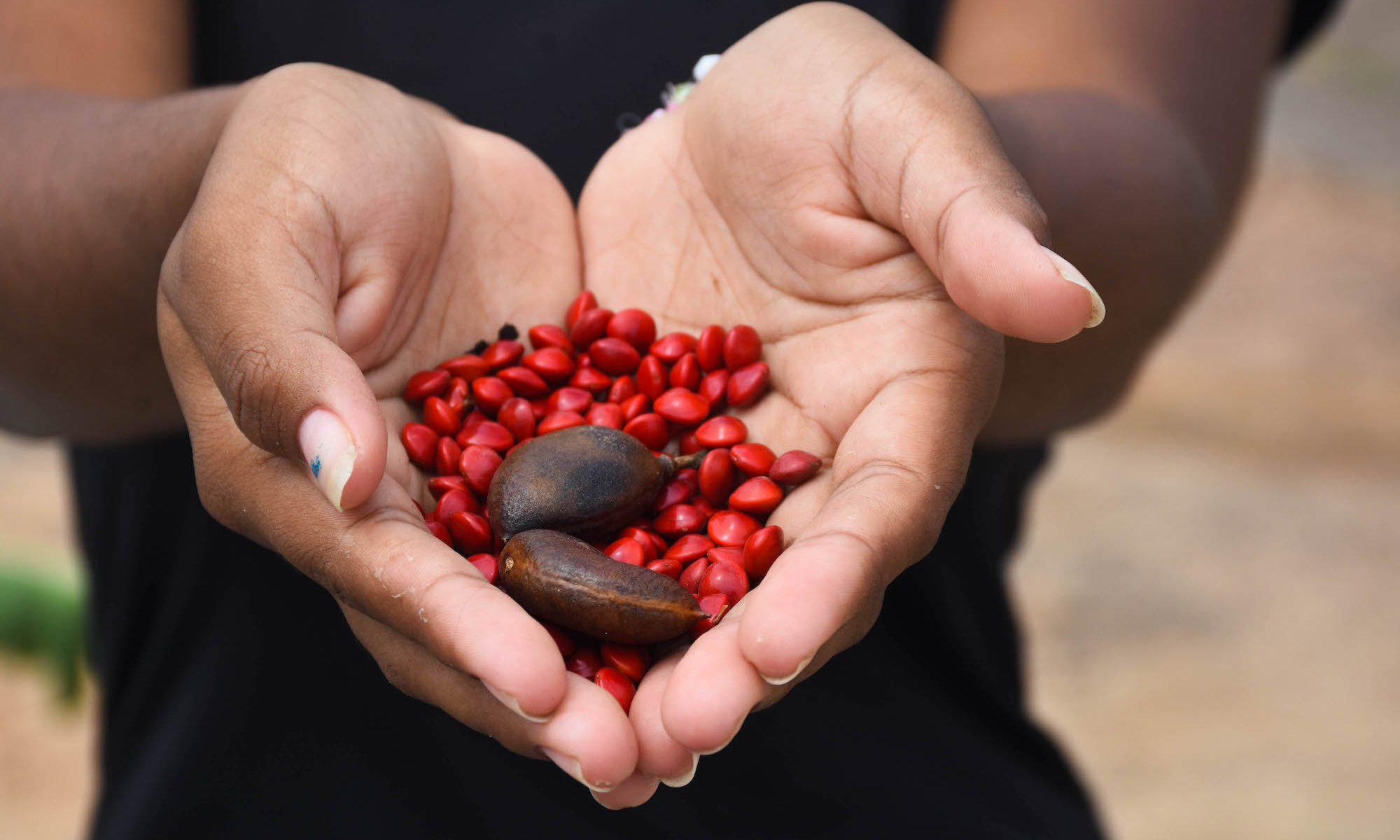VEHA
Guidance

Guidance
Virtual Environmental and Humanitarian Adviser Tool – (VEHA Tool) is a tool
to easily integrate environmental considerations in humanitarian response. Sector Planning guidances allow you to environmentally align your project strategy design.
Vulnerable people have the means of making a living and satisfying their daily needs in a sustainable way, building their resilience through livelihoods.
· Number/percentage of the target population that has gained improved access to primary production practices which integrate sustainable agriculture aiming to provide nutritious food while fostering the local ecosystem/biodiversity
· Number/percentage of the target population that have enough productive assets to recover and/or strengthen their livelihoods in a safe manner ("Build back better" approach)
· Are there sufficient natural resources, labor, farm inputs, and financial capital?
· Have you considered the main environmental vulnerabilities or sensitivities in the area of implementation?
· Have you assessed the possible environmental impacts – positive or negative – of livelihood activities on the local environment?
· Do your initiatives consider the Sphere Food Security Standard 5, especially key action 7 Livelihoods (“consider livelihoods strategies that do not contribute to deforestation or soil erosion”)?
· Have you thought of including paid environmental and disaster risk reduction education activities adapted to the different primary production sectors?
· Is the primary production accessible for everyone, even the most vulnerable (women, children, elderly, disabled)?
Are the primary production practices sustainable over time?
· Has disaster risk reduction been included at any point?
· Have you taken into account local cultural practices and local knowledge that could be beneficial for efficient provisioning, recovery, strengthening, diversifying, and protecting livelihoods?
· Have you thought of favoring locally appropriate livestock inputs and local crop varieties that are already in use and in demand for the upcoming season?
· Have you assessed potential competition for scarce natural resources (such as land and water) as well as potential damage to existing social networks in order to avoid increased vulnerability for recipients or creating conflict within the community?
· Are men and women equitably involved in planning, decision-making, implementing, and monitoring of primary production responses?
· Conduct a rapid Livelihoods Assessment.
· Environmental assessment; Disaster Risk Assessment
· Monitor the % of farmers supported by the project/activity who practice integrated pest-management or conservation agriculture.
· Monitor the number of agricultural practices supported by the project/activity which use integrated pest management as a control tool.
· Monitor the number of actions taken to minimize environmental impact of destocking activities.
· Number of farmers with increased production, access to market, reduced production waste and losses
· Monitor access to technical services, such as training, which include an environmental, ecosystem, or biodiversity lens.
· Evaluate the effects on food availability at the household level.
· Disaster Risk Assessment
· Community/farmer consultations; Consult local communities and local farmers groups and any local environmental groups.
· Conduct a rapid Livelihoods Assessment. Community / farmer consultations.
· Livelihood Indicator Guidance: livelihoodscentre.org
· Livelihood Key Programme Indicators List: livelihoodscentre.org
· Livelihoods Centre – Key Indicators: Key indicators - Livelihoods Centre. https://www.livelihoodscentre.org/key-indicators
· https://learn.tearfund.org/en/resources/tools-and-guides/environmental-assessment
· Certification for land holdings which develop strategies for conserving plant species, managing infestations, positive changes in the use of soil, water, and overall yield and viability of micro, small and medium-sized enterprises.
· The creation of buffer zones in coastal areas and low elevation coastal zones by protecting and restoring natural coastal defenses such as swamps and sandbanks.
· Certification and credits for farms and landholders who conserve biodiversity through creating large conservation zones.
· Add an environmental criterion to the data interpretation process when planning programme design.
· Assessment and planning for livestock shelter and settlement are based on community consultation, indigenous knowledge, consideration of local environmental impact, and the potential for sustainable livelihoods.
· Settlement supports safe and sustainable cohabitation with humans, and provides a secure, healthy, and sustainable environment for livestock.
· Provide seeds that are appropriate to future climate conditions, such as drought-resistant varieties where drier conditions are expected.
· Support adaptive livelihood activities, for example, duck farming instead of chicken farming in flood-prone areas.
· Assess the market and stimulate demand for locally produced crops, vegetables, and other agricultural products.
· Strengthen food production based on the maintenance of pre-crisis patterns and/or links with national development plans.
· Provide agricultural inputs and veterinary services to coincide with the relevant agricultural and animal husbandry seasons.
· Support affected people to minimise losses by managing handling, storage, processing, packaging, transportation, marketing, and other post-harvest activities. Advise and enable them to store their harvest to avoid moisture and aflatoxins produced by fungi. Enable them to process their crops, especially cereals.
· Train people and encourage composting of biodegradable waste for use as fertiliser or biofuel.
· http://www.fao.org/fileadmin/user_upload/emergencies/docs/LAT_Brochure_LoRes.pdf